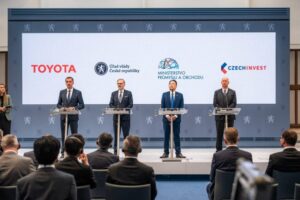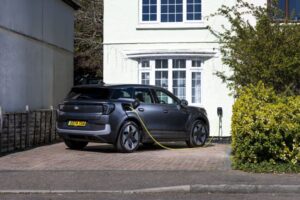The Association of Fleet Professionals says slow charging speeds are blocking electric van adoption across UK fleets.
Paul Hollick, chair of the AFP, reports that charging times create more operational headaches than range or payload concerns for fleet managers.
Most electric vans charge between 50kW and 125kW. That means a 10-80% charge takes around 40 minutes under perfect conditions – and longer in real-world use.
Compare that to high-end electric cars like the Volvo ES90 and Lotus Emeya, which handle 350kW to 400kW charging speeds.
Fleet Operators Want Faster Solutions
“Having a driver sitting around for an hour while their van charges is expensive,”
Hollick explained during a recent megafleets committee meeting.
The committee represents AFP members who operate very large vehicle fleets.
Hollick believes faster charging would solve multiple van electrification challenges at once. If vans could recharge to 80% in 15 minutes every 125 miles, higher payload weights wouldn’t matter as much for range planning.
Fleet operators tell the AFP they’d pay extra for faster charging capability. A 10-15 minute charging window for 10-80% capacity would make electric vans much more attractive to commercial users.
Infrastructure bottlenecks make the problem worse.
Even when vans can handle 150kW charging, drivers often get stuck at 50kW public chargers because too many vehicles are plugged in simultaneously.
Market Confidence Drops
The charging speed issue adds to growing concerns about commercial van electrification.
The October 2025 Arval Mobility Observatory Barometer shows UK fleet managers now expect electric vans to represent just 14% of their total fleets by 2028 – down from 15% in 2024 and 18% in 2023.
That’s a notable decline in confidence over consecutive years.
The UK’s public charging network keeps expanding despite these operational challenges. The Department for Transport and Office for Zero Emission Vehicles reported 15,979 new public chargers added since October 2024.
That represents a 23% year-on-year increase in charging infrastructure.
But infrastructure quantity doesn’t solve the fundamental speed limitations that frustrate commercial fleet operations – especially when multiple vehicles need charging simultaneously at busy locations.
Commercial van charging clearly needs different solutions than passenger car infrastructure to meet fleet operational demands.





